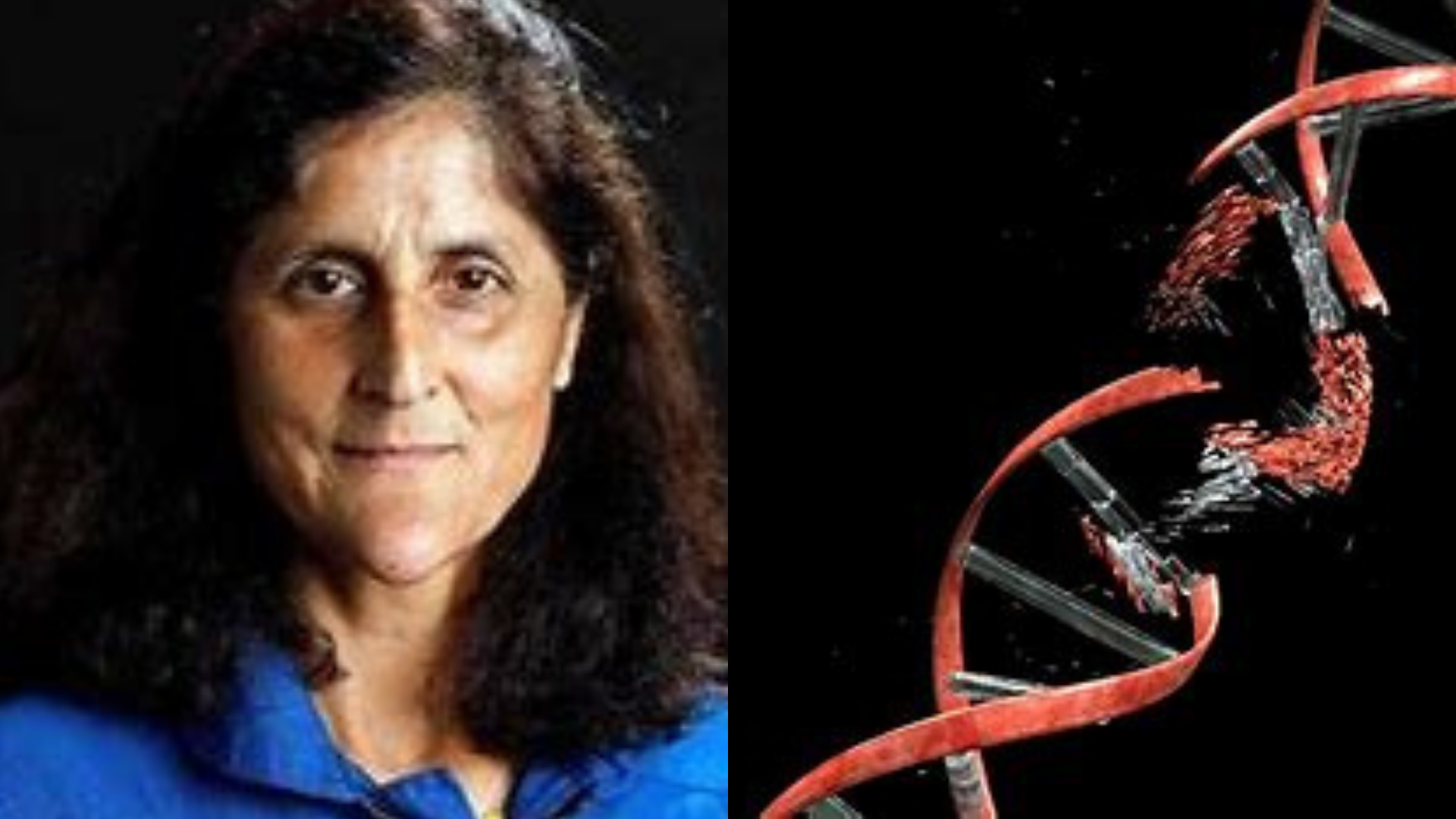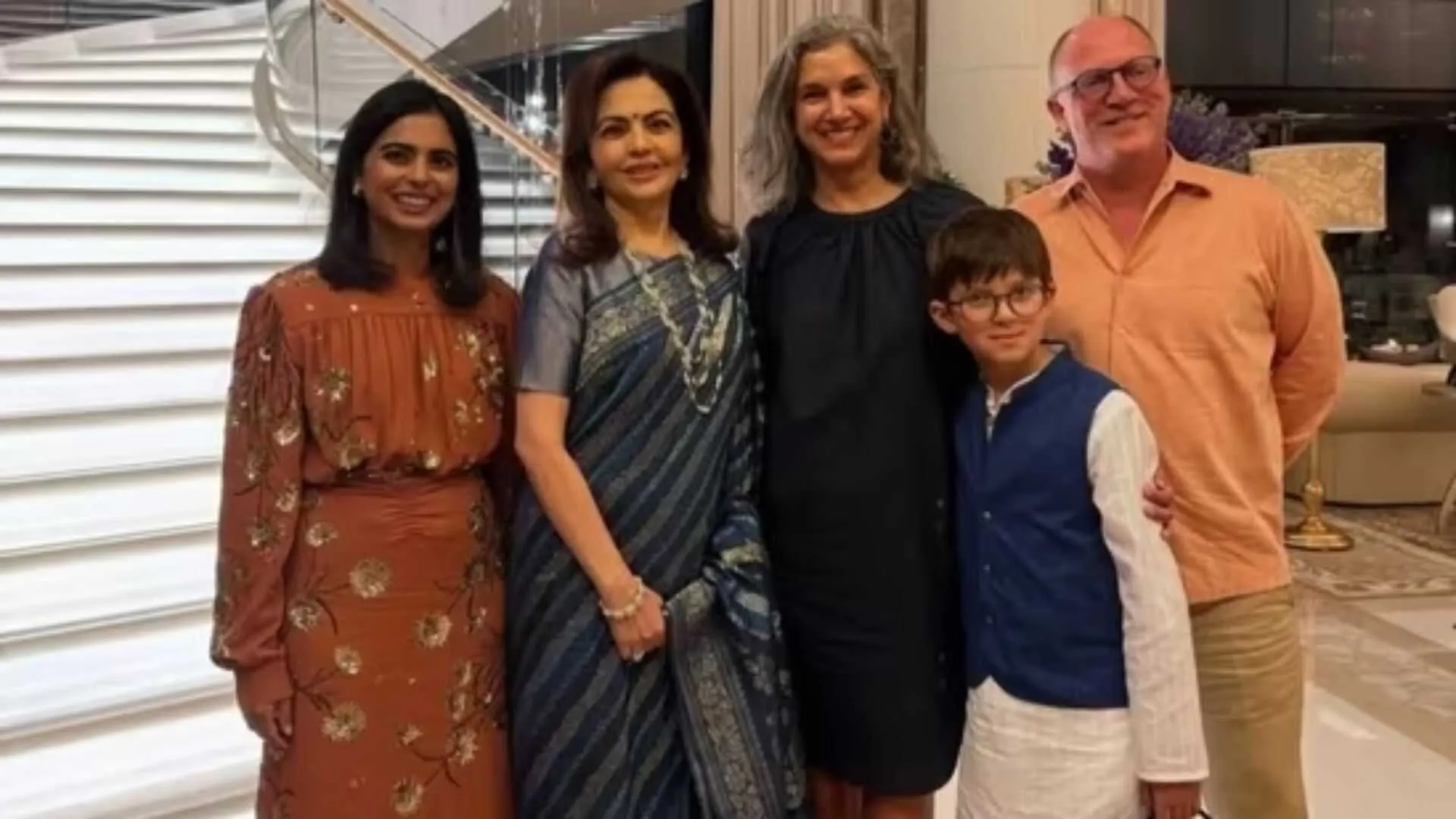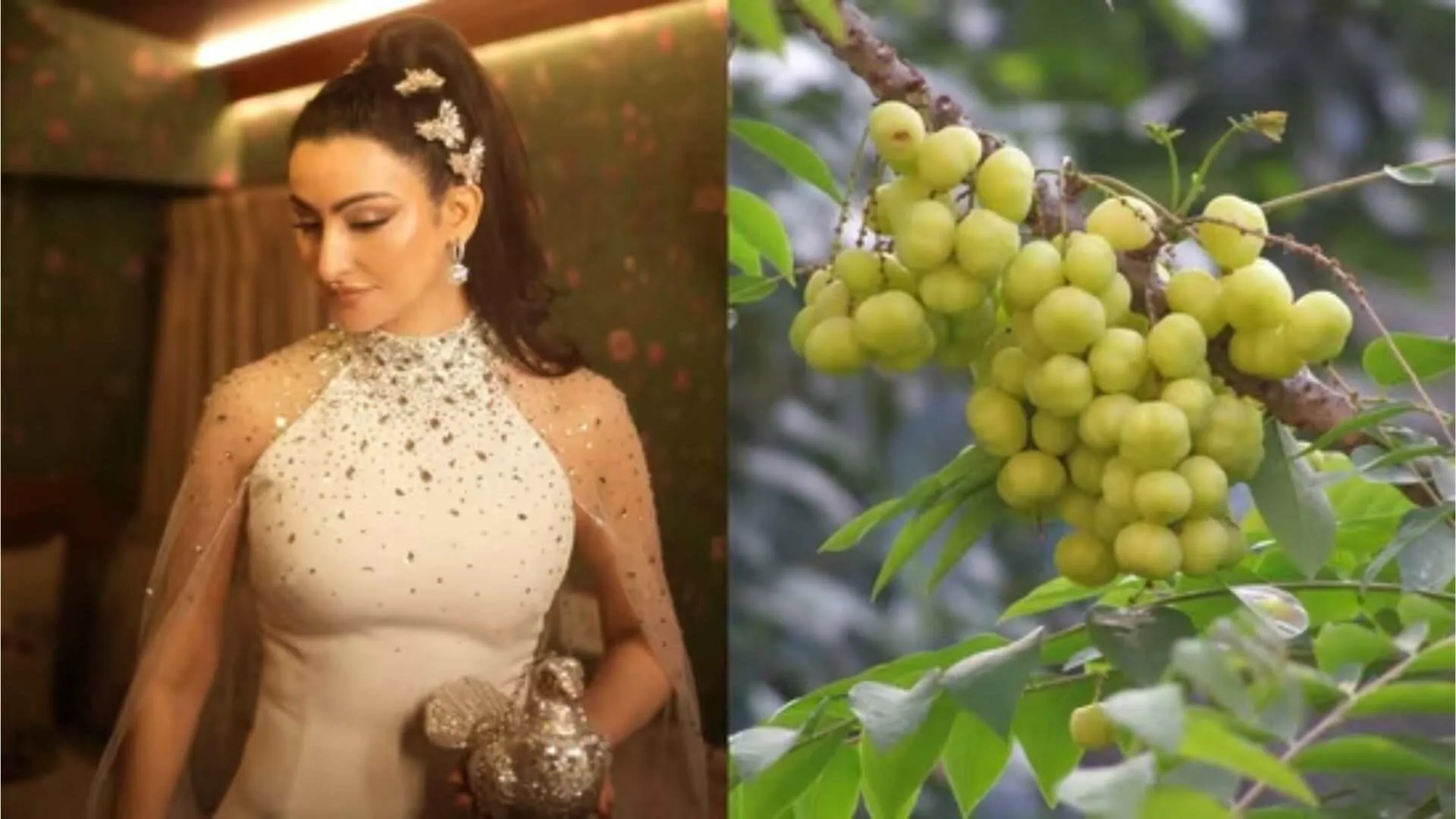Astronauts like Sunita Williams, who spend extended periods in space, are exposed to unique and significant health challenges. Among these, the risk of DNA damage from cosmic radiation and microgravity stands out as a major concern.
The Threat of Cosmic Radiation
Space is filled with cosmic rays—high-energy particles from outside our solar system—and solar radiation. Unlike Earth, where the atmosphere and magnetic field provide a protective shield, astronauts in space are much more vulnerable to these harmful particles.
Dr. Niti Raizada, Senior Director of Medical Oncology and Hemato-Oncology at Fortis Hospital, Bangalore, explains that this exposure can lead to breaks in DNA strands, causing mutations during the repair process. These mutations increase the risk of cancer and other genetic disorders. Additionally, cosmic radiation can induce epigenetic changes, altering gene expression without directly changing the DNA sequence.
Impact of Microgravity on DNA Repair
Microgravity, the near-weightlessness experienced in space, further complicates the situation. It affects how the body repairs damaged DNA. In space, cellular functions, including DNA repair processes, are altered, making it less likely that any DNA damage sustained will be effectively repaired. This leaves cells more susceptible to long-term damage from radiation.
Dr. Raizada warns that the consequences of DNA damage from space exposure could include accelerated aging, reproductive issues, and telomere shortening. Telomeres, which are protective caps at the ends of chromosomes, shorten as a marker of biological aging.
Mitigating DNA Damage Risks in Space
To mitigate these risks, astronauts like Sunita Williams engage in rigorous exercise routines and consume antioxidant-rich diets to combat oxidative stress. NASA and other space agencies are also researching advanced countermeasures, such as in-flight radiation shielding, protective gear, and potential pharmaceutical interventions.
Research into gene editing technologies and other advanced treatments is ongoing, with the aim of repairing or mitigating DNA damage effects. While some damage may be irreversible, these emerging technologies and careful management of lifestyle factors during space missions are crucial in minimizing health risks.
Sunita Williams’ extended mission highlights the need for continued focus on astronaut health, particularly in understanding and mitigating the risks of prolonged space travel.























